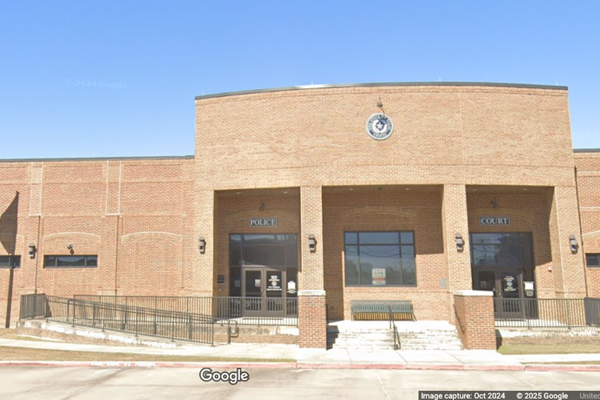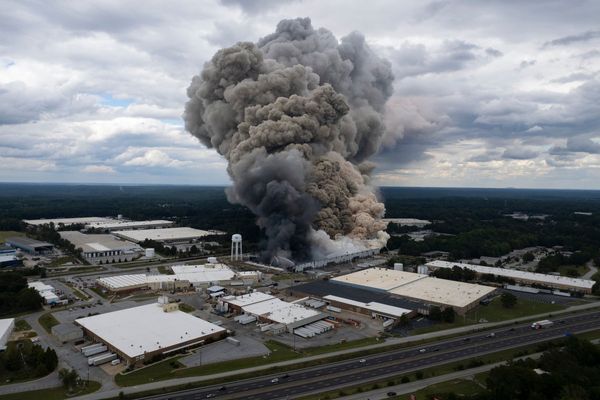
The Bureau of Meteorology has issued a tropical cyclone alert for the north coast of Western Australia. This alert concerns a tropical low known as 18U, which has been spotted near the coast of Kimberley, situated in the north-west of the state. Strong winds, heavy rain and storm surges will affect northern Australia starting on Sunday night, with a flood warning also being issued. Under current forecasts, 18U will continue to push south-westwards along the warm water off Western Australia into the new week and is expected to strengthen to a tropical cyclone, which will be named Zelia. By the end of the week, the cyclone is expected to make landfall around the Pilbara region, bringing about 150mm-250mm (5.9in-9.8in) of rain locally, alongside wind gusts of about 100mph.
Meanwhile, Canada has once again been experiencing a severe cold spell after polar air moved in from the north, allowing temperatures to fall 5C-10C (9F-18F) below the seasonal average. Western Canada is particularly badly affected, with the cities of Calgary, Edmonton and Saskatoon potentially experiencing maximum daytime temperatures of between -10C and -15C this week, while overnight temperatures will often reach -20C to -30C. Temperatures as low as -35C are possible, which is around 10-15C below the seasonal average. For more context, the town of Saskatoon lies at the same latitude as Cambridge in the UK, which has a record low temperature of -13C.
Over in Europe, a cold snap is also on the horizon. Temperatures will gradually start to fall across northern Europe this week, but it is through the following week that a severe drop is expected. Temperatures are expected to fall between 2C and 5C below the average, away from southern and south-west Europe, dropping between 5C and 10C below the average for parts of Scandinavia. The cold comes thanks to a large area of high pressure that will develop over eastern Europe – allowing for an easterly flow – introducing a much colder polar continental airmass over the region. Nevertheless, there remains some model uncertainty about the extent of this cold spell, as well as its intensity.







